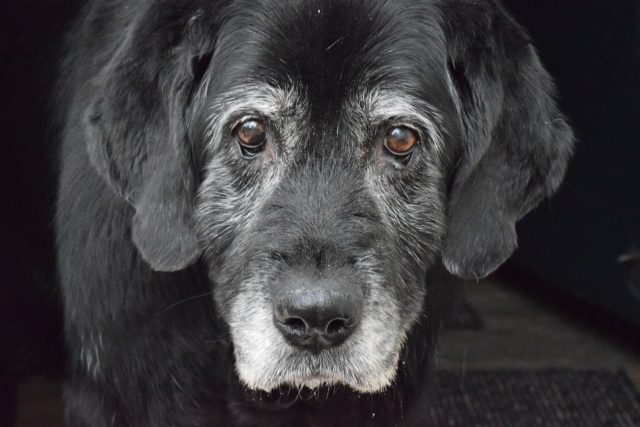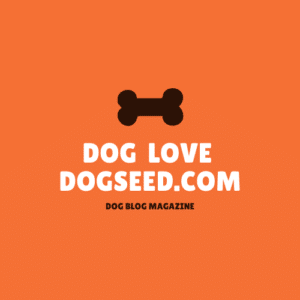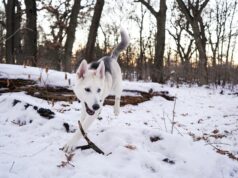
As you know, dog’s life expectancy is generally shorter than human’s. They say that “one human year equals seven dog years”. Although this isn’t as accurate, this is still a good and easy way to relate to the age of your dog.
Ages 6-7 years are already considered senior for large breed dogs like Great Danes. For smaller ones like poodle, they’re considered senior when they reach their teen years. Certain breeds are also said to outlive the others.
Generally speaking, middle to senior dogs are those that are 7 years and older. It would be best to consult your vet for you to know the best health care for your aging dog. Your vet may recommend to wait for a few more years before starting geriatric monitoring if you have a small breed dog.
Below are some of the things to expect as your dog ages. Note that each dog is different, though.
Slowing down
Your dog will slow down as he start aging. It may not be as obvious for some. Observe the way he gets up or down or the way he uses the stairs and you may notice some stiffness or hesitation. This may also get worse during colder months.
Arthritis
Arthritis is among the most common diseases of senior dogs, especially the large breeds. This is the inflammation of the joints, especially on areas like legs, neck, and back. Although there’s no cure, there are medications and lifestyle changes that may help ease your dog’s pain.
Hypothyroidism
This is a disorder on the endocrine that’s common among dogs. With proper vet care, this can be easily treated.
Graying muzzle
Middle aged dogs, around 5 to 6 years old, start to show graying muzzle. There are others that start graying sooner though.
Reduced hearing
Hearing loss or deafness is another change that you’d notice on your aging dog. You may notice that you’re starting to have a hard time waking him up or that he easily gets startled when approached from behind.
There’s not much that can be done in this condition. However, it’s still best to consult your vet to ensure there are no other medical problems like foreign body inside the ear or an infection.
Protect your dog from hazards such as incoming car that he might not notice. Use hand signals too since they can also easily be trained for this. This is a good reason why you should cross train him to learn both hand and sound signals at an early age.
Cloudy eyes
As your dog ages, you may notice that your dog’s pupil area start having a bluish transparent haze. This is called lenticular sclerosis. Unlike cataracts, this does not affect vision. If you see white and opaque haze on your dog’s eyes, that’s most likely cataract. It’s best to consult your vet in this case.
Muscle atrophy
Muscle atrophy or decrease of muscle mass is another thing that you may notice on your aging dog. This usually happens on the hind legs. Loss of muscle mass on the head and the belly may indicate disease like masticatory myositis. Have your dog checked by a vet.








